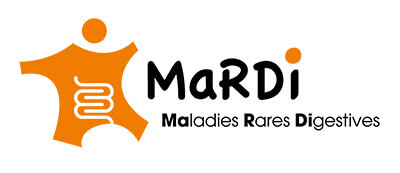Definition and clinical description
Microvillus Atrophy is also called micro-villus inclusion disease. This is a genetic anomaly of intracellular trafficking resulting in abnormal development and function of the enterocyte brush border (innermost wall of the small intestine), of currently unknown origin.
Microvillus atrophy occurs either in the first days of life (early-onset) or in the first two months (late-onset). The late-onset form presents less marked lesions with less severe evolution of the disease.
Symptoms and prevalence
The patient presents with hydro-electrolyte diarrhoea, no blood, but sometimes with mucus. Occasionally it may be revealed in the context of neonatal occlusion.
This is a very rare disease, the aetiology of which is unknown. The family context associated with this pathology is a death in the siblings or consanguinity. Families are often from North Africa, the Arabian Peninsula, Malta or Turkey.
Management and treatment
Therapeutic management is based on parenteral nutrition.
Diagnostic method
Diagnosis is confirmed by microscopic analysis of a sample from the intestinal wall.
Genetic counselling
Mutations leading to a loss of function of the MYO5B gene have been identified in this pathology. The gene encodes for a protein involved in the regulation of intracellular protein circulation and in the organization of the cytoskeleton.


